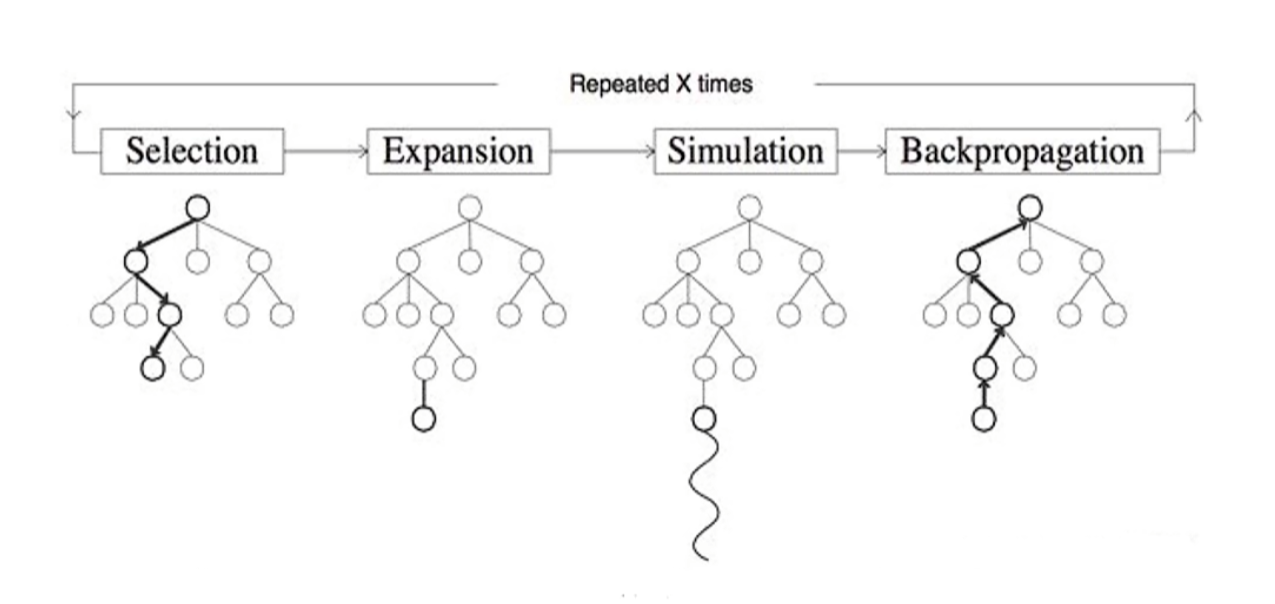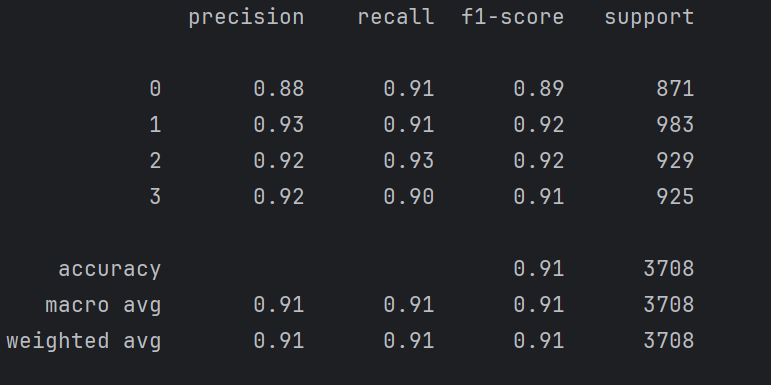继续上一篇:LabVIEW中EPICS客户端/服务端的测试
变量定义
You can use CaLabSoftIOC.vi to create new EPICS variables and start them.
CA Lab - LabVIEW (Realtime) + EPICS
INPUT:
PV set
Cluster-array of names, data types and field definitions to create a new EPICS PV
Soft IOC configuration file
Target of configuration (db-file)
path to binaries of EPICS base
Windows: C:\Program Files\National Instruments\LabVIEW\user.lib\caLab\Lib\
Linux: /usr/local/epics/bin/linux-x86_64/
error in (no error)
OUTPUT:
Result
Initial output of Soft IOC shell (checkpoint of errors)
Command Line
Command string: How the Soft IOC shell was called
IOC started
TRUE: Soft IOC runs and is ok
FALSE: Soft IOC is in trouble (check "result")
error out
Global I/O error
打开CaLabSoftIOC.vi
CA Lab SoftIOC

Config File:Target of configuration (db-file)
path to binaries of EPICS base:C:\Program Files (x86)\National Instruments\LabVIEW 2023\user.lib\caLab\Lib(根据个人情况修改)
以上图为例,以Analog Input为例,名称:test:ai,Fields表示字段名称;
介绍图中涉及到的:
DESC:记录的描述或标签。
PINI:IOC 启动时是否初始化记录。
EGU:工程单位(如 V、A)。
MDEL:监控更新的最小变化量。
ZNAM:值为 0 时的状态名称。
ONAM:值为 1 时的状态名称。
NELM:数组记录中的元素数量。
FTVL:数组元素的数据类型。
HIHI:最高报警限值。
HIGH:高报警限值。
LOW:低报警限值。
LOLO:最低报警限值。
HHSV:HIHI 报警的严重性。
HSV:HIGH 报警的严重性。
LSV:LOW 报警的严重性。
LLSV:LOLO 报警的严重性。
详细字段参考:
EPICS 3-14 Record Reference Manual
运行CaLabSoftIOC.vi会在路径生成db文件。也可以自己手动输入创建。
测试
在cmd中运行:
“C:\Program Files (x86)\National Instruments\LabVIEW 2023\user.lib\caLab\Lib\softIoc” -D “C:\Program Files (x86)\National Instruments\LabVIEW 2023\user.lib\caLab\Lib\softIoc.dbd” -d “C:\Program Files (x86)\National Instruments\LabVIEW 2023\user.lib\caLab\Examples\test.db”

然后就可以测试读写功能了
使用CaLabPut.vi+CaLabGet.vi:

使用caget和caput:

使用camonitor:




















